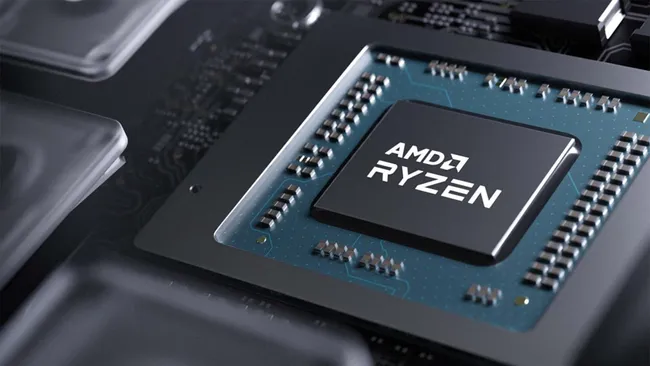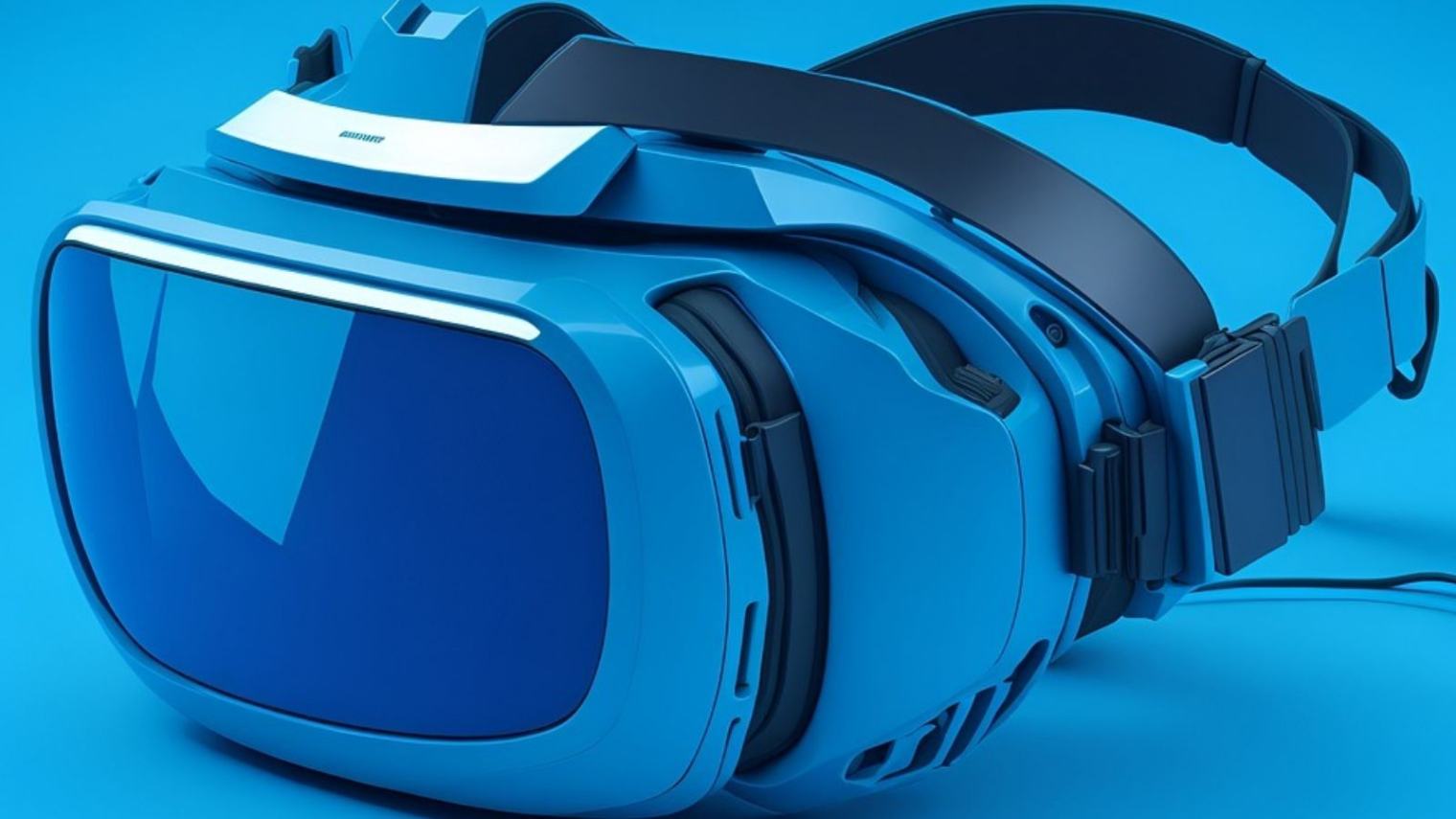Upcoming AMD Mobile APUs: Unveiling the ‘Sound Wave’ and Future Powerhouses
A recent leak has sent ripples through the tech world, uncovering details about AMD’s upcoming mobile Accelerated Processing Units (APUs). Codenamed ‘Sound Wave,’ this mysterious revelation, along with other impending processors, raises anticipation for AMD’s potential dominance in the laptop market.
The leak, originating from a user named gamma0burst on the Korean blogging site Tistory, presents redacted images that hint at the names and release order of AMD’s new mobile chips. Among the disclosed information are the Strix and Sarlak chips, expected to utilize AMD’s existing 7nm process, incorporating a ‘chiplet’ design for enhanced performance. The Strix Point chips are speculated to replace the Hawk Point processors and are anticipated for a late 2024 release, falling under the Ryzen 8000 family.
Following closely is Kraken Point, slated for a 2025 launch with a 5nm process and bearing the Ryzen 9040 branding. As we patiently await Kraken’s arrival, the leak introduces the enigmatic ‘Sound Wave,’ poised to follow Kraken Point. If the leak holds true, Sound Wave will be built on TSMC’s latest3nm process, potentially marking the debut of AMD’s Zen 6 CPU architecture.
While details on ‘Sound Wave’ are scant, speculations suggest it could feature a combination of Zen 5 CPU cores and RDNA 3.5 GPU cores. The leak hints at the inclusion of AMD’s new neural processing unit, XDNA 2, or a more advanced version for Sound Wave and beyond. Both Kraken Point and Sound Wave may adopt a chiplet design, offering a glimpse into AMD’s future processors with potential variations between monolithic and chiplet iterations.
With the possibility of RDNA 4 GPU cores for Kraken Point and advanced graphics architecture for Sound Wave, AMD is positioning itself as a formidable force in the mobile chip landscape. The leak reinforces AMD’s commitment to advancing CPU microarchitectures, promising significant benefits for laptops and edge computing devices, particularly those without dedicated graphics cards. As AMD continues to push the boundaries, the future of gaming on integrated graphics appears promising, setting the stage for a new era in mobile computing.




